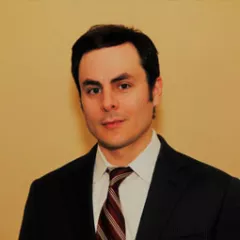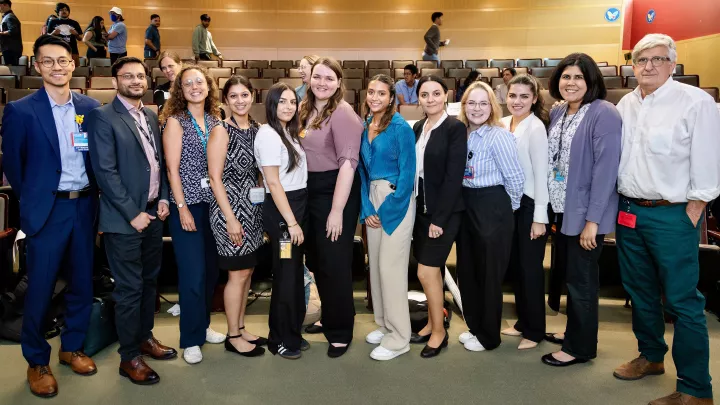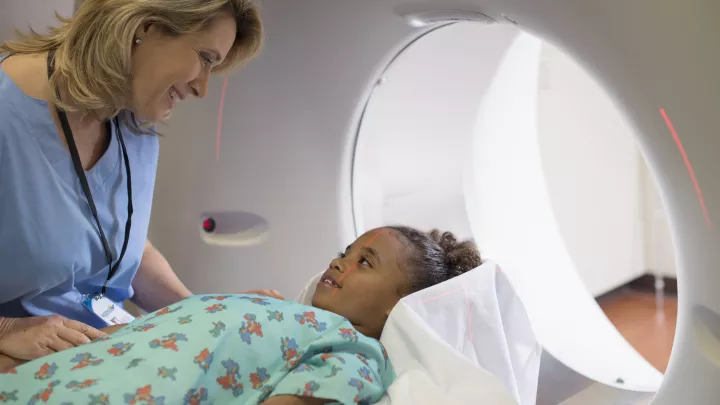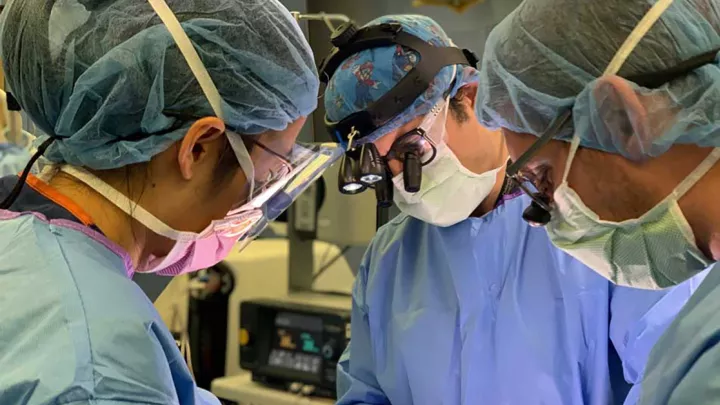
Peter Chiarelli, MD, DPhil
“A child’s nervous system is delicate yet has a remarkable capacity for healing. It is a privilege to help a child and their family through their time of need, and it is humbling to see the resilience that children can display in the face of illness.”
Peter A. Chiarelli, M.D., D.Phil, is an Assistant Professor of Neurological Surgery at University of Southern California, and an attending neurosurgeon at Children’s Hospital Los Angeles.
Dr. Chiarelli graduated from University of Oxford as a Rhodes Scholar, having obtained his doctorate in Neuroscience. He earned his M.D. at the Harvard Medical School / Massachusetts Institute of Technology joint program in medicine. He went on to complete his neurosurgery residency and fellowship training at the University of Washington.
Dr. Chiarelli specializes in treating children with tumors of the brain and spinal cord. His practice also encompasses a range of pediatric neurosurgical conditions, including Chiari malformation, cysts within the brain and spine, hydrocephalus, Moya Moya disease, spina bifida, and tethered spinal cord.
He founded the Nanoscaled Neuro-technology Research Group (NNRG) at CHLA, a lab whose goal is the design of novel therapeutic modalities that will one day make brain tumor surgery unnecessary. Dr. Chiarelli’s research is geared toward the development of nanotherapeutics for the treatment and cure of pediatric brain tumors. He has published numerous articles and book chapters covering topics within neurosurgery and brain tumor nanotechnology, and holds multiple patents in the field.
He is an active member of the American Association of Neurological Surgeons, the Pediatric Brain Tumor Consortium, and the Pacific Pediatric Neuro-oncology Consortium. He is involved in the surgical coordination of clinical neuro-oncology trials at CHLA.
In his spare time, Dr. Chiarelli enjoys spending time with his family, playing guitar, piano, and cycling.
Pediatric brain tumors, Pediatric spinal tumors, Chiari malformations, congenital disorders of the brain, neural tube defects (spina bifida), hydrocephalus, arachnoid cysts
Education
Harvard Medical School / Massachusetts Institute of Technology
Research Doctorate (D.Phil.): University of Oxford
University of Washington
University of Washington, Seattle Children’s Hospital
Accomplishments
American Association of Neurological Surgeons
Publications
Selected Publications
Chiarelli, P.A.; Hauptman, J.S.; Browd, S.R. “Machine Learning and the Prediction of Hydrocephalus: Can Quantitative Image Analysis Assist the Clinician? JAMA Pediatrics, editorial 2018, 172, 116.
Chiarelli, P.A.; Revia, R.; Steven, Z.R.; Wang, K.; Revia, R.; Kievit, F.M.; Ellenbogen, R.G.; Zhang, M. “Nanoparticle Biokinetics in Mice and Non-human Primates.” ACS Nano 2017, 11, 9514-9524.
Chiarelli, P.A.; Kievit, F.M.; Zhang, M.; Ellenbogen, R. “Bionanotechnology and the Future of Glioma.” Surgical Neurology International. 2015. 13 (6) Suppl 1; S45-58.
Chiarelli, P.A.; Bulte, D.P; Wise, R.; Gallichan, D.; Jezzard, P. “A Calibration Method for BOLD fMRI Based on Hyperoxia.” Neuroimage 2007, 37, 808-820.
Chiarelli, P.A.; Johal, M.S.; Casson, J.L.; Roberts, J.B.; Robinson, J.M., Wang, H.L. “Controlling Polyelectrolyte Multilayer Thin Film Fabrication Using Spin-Assembly” Advanced Materials 2001, 13, 1167.
Research
The impact of nanoscience and nanotechnology can be seen in our modern lives - from the construction of microelectronics, to LED screens, to coatings that repel water, or materials that slow bleeding during surgery. In the human brain, a cascade of specialized signaling processes and chemical messengers normally work in concert to yield normal brain function and human behavior. Lives are disrupted when cancerous cells take hold in these critical areas. While some tumors may be cured with microsurgery alone, or in other instances by a combination of surgery and chemotherapy, others are marked by the presence of hidden tumor cells that can travel throughout the brain, rendering a cancer far more difficult to treat. Pediatric tumors may arise in locations - such as the brainstem - that are far too delicate or interwoven with tumor cells for even microsurgical approaches to be effective.
The Chiarelli lab investigates nanoscaled systems that biochemically “target” brain tumor cells, and eliminate these cells with precision, while preserving the intact surrounding brain. Our lab takes a highly interdisciplinary approach, utilizing techniques from materials science, physical chemistry, molecular biology, and genetics. We incorporate high-field MR imaging techniques to visualize the progress and efficacy of these treatment modalities.
Modern medicine has made significant strides improving the prognosis and cure rates for previously unsurvivable childhood cancers. In the Chiarelli lab, we believe that informed design of biocompatible “smart” materials can generate the next wave of modern tumor therapies. With novel methods, we hope to make incurable brain tumors a thing of the past.
Media
Axis Imaging News - Children’s Hospital Debuts 60-Second MRI for Shunt Failure
CHLA Blog
New Test Could Transform Shunt Failure Diagnosis in Hydrocephalus
Team Aims to Transform Care for Diffuse Intrinsic Pontine Glioma
Faculty Spotlight: Peter Chiarelli, MD, DPhil
Daniel’s Heroic Battle Against Medulloblastoma
A Preemie’s First Year: Lincoln’s Long Journey
Surgeon Takes Aim at a Lethal Childhood Brain Tumor
Peter Chiarelli, MD, PhD Wins Prestigious Award for Nanoparticle Research


